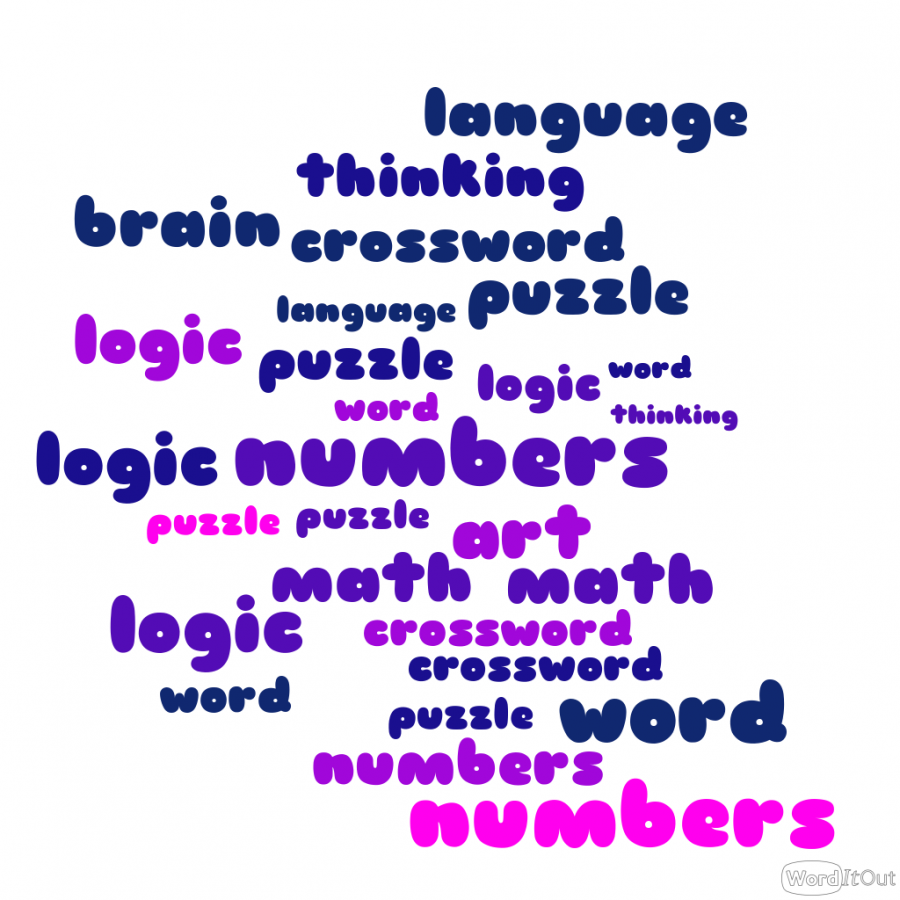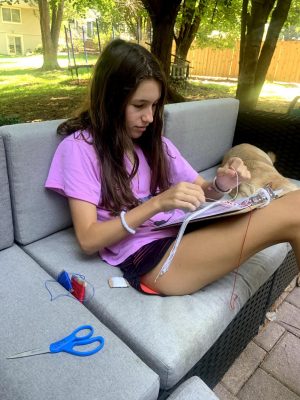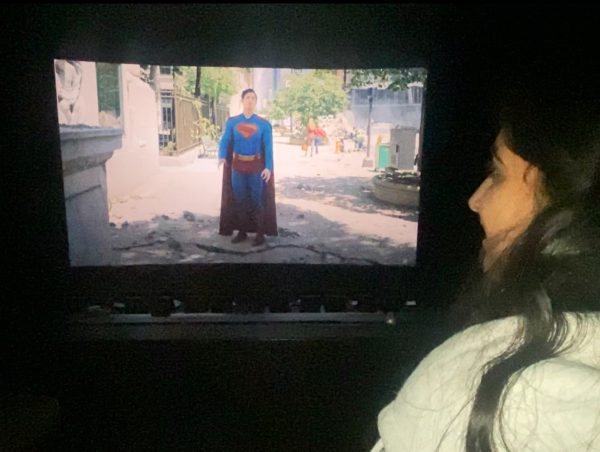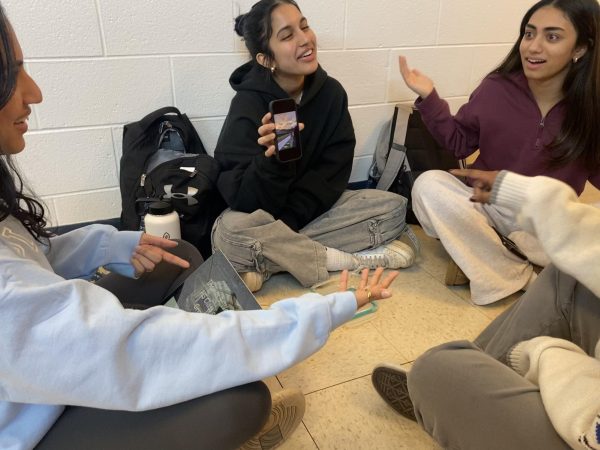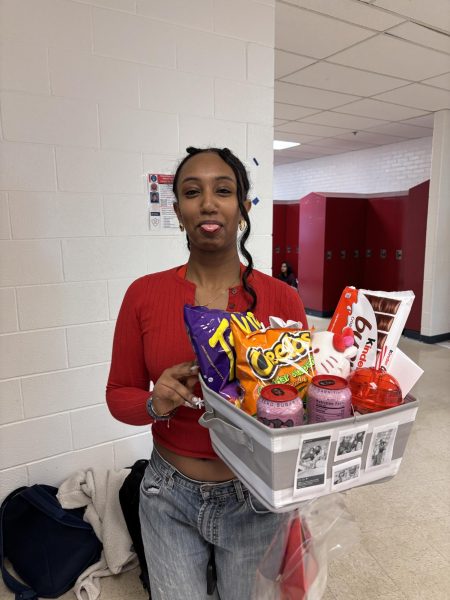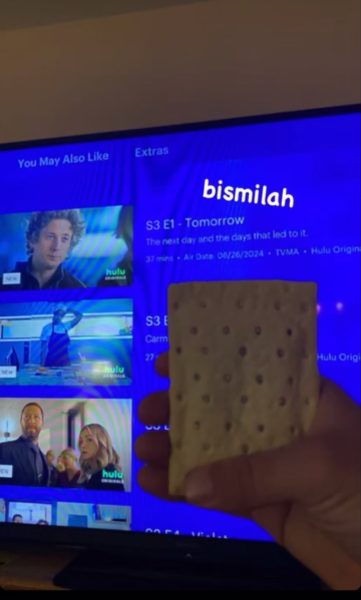Dylan’s piece of the puzzle: categories and strategies
Puzzles exist in different types and require different skills depending on the puzzle.
When you hear the word “puzzle,” what’s the first thing that comes to mind? Perhaps it’s the classic 1,000-piece jigsaw puzzle that you attempted to do during quarantine, but did not finish. Maybe it’s that one game on your phone that uses up all of your spare time no matter how hard you try to put it down. There are a countless number of puzzles in existence, but most can fit into four separate categories: word puzzles, number puzzles, physical puzzles and visual puzzles.
Word puzzles consist of any puzzle that involves words or letters. You may find these in newspapers such as The New York Times or The Washington Post in the form of a crossword, anagram or word search. Having a vast vocabulary and knowledge of the world can be helpful for word puzzles, but is not necessary for solving. Most importantly, you must be able to understand how these puzzles are made and the best techniques for efficient solving.
Number puzzles are self-explanatory: any puzzle that has numbers. Number puzzles are typically based on logical deduction and they could contain math, but do not need to in order to be challenging and entertaining. One of the most famous puzzles, Sudoku, is a number puzzle that is purely logic with no math needed. It does, however, have a spinoff called KenKen that does require a small amount of mathematical skill.
Physical puzzles are any puzzles that you can touch and use your hands to find a solution. These could be a typical jigsaw puzzle or one of the thousands of unique puzzles and games in the world. When thinking about jigsaw puzzles, most will begin with the corners and edges, as there are fewer possibilities for connecting each piece. This may not apply to different shapes of jigsaw puzzles, such as those in the shape of a circle or even a star.
While all puzzles are unique in their own ways, visual puzzles are unique in the sense that they cover a wider range of puzzle mediums. Visual puzzles can encompass both physical and online puzzles. These can even be a mixture of any of the above examples. For example, The New York Times’ Letter Boxed is a mixture of a word puzzle and visual puzzle. Letter Boxed consists of a square with different letters in specific places, and the goal is to connect all of the letters by using as few words as possible. This is an oversimplified explanation of Letter Boxed, for more information, check out www.nytimes.com/puzzles/letter-boxed. Visual puzzles do not necessarily require an artistic eye, but having artistic skill doesn’t hurt for solving these.
Of course, not every puzzle in the universe can fit into four simple categories. Puzzles can fit into multiple categories or even a completely different one. Finding the kind of puzzle you enjoy immensely depends on how you think and strategize. Don’t completely stop doing puzzles if you cannot solve one. Practice makes perfect and like snowflakes, no two puzzles are the same.
Your donation will support the student journalists of Thomas S. Wootton High School. Your contribution will allow us to purchase equipment and cover our annual website hosting costs.
Dylan is a 2023 graduate.


